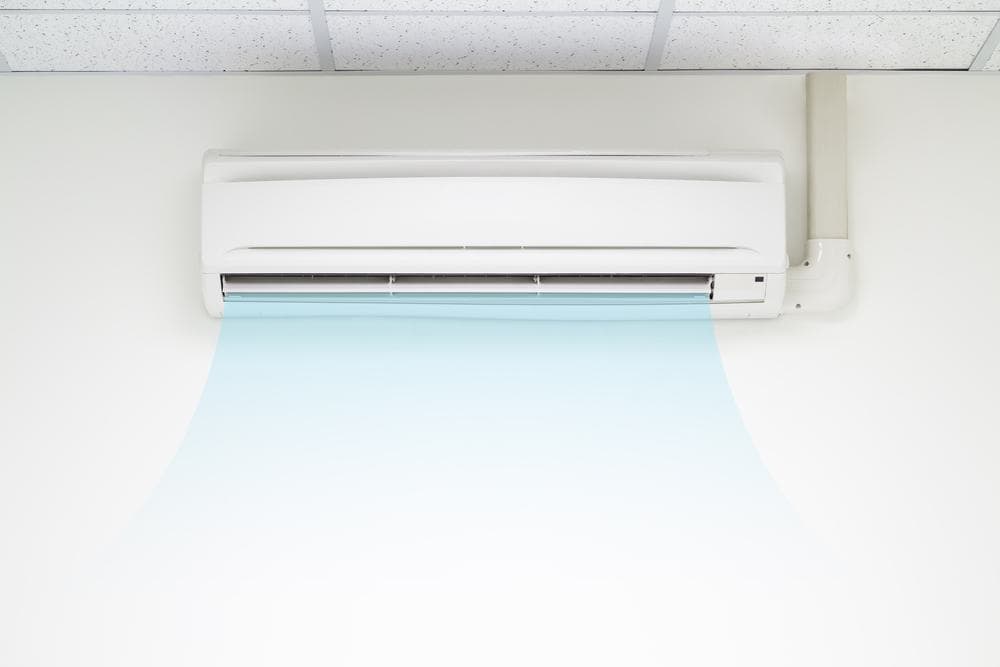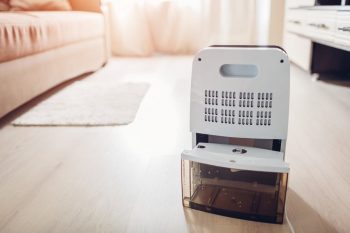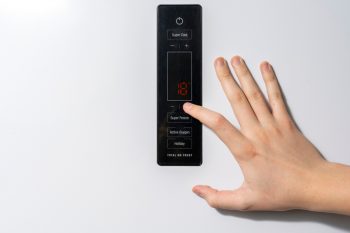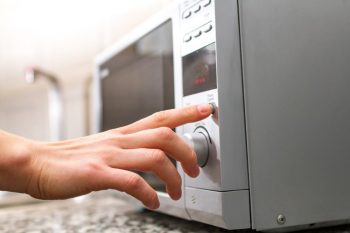
Maintaining your air conditioning (AC) system is crucial for its efficient operation, longevity, and your home’s overall comfort. One of the key components of your AC system that requires regular maintenance is the AC condenser. This article will guide you through the process of maintaining an AC condenser, provide examples, and help you understand why it’s so important.
Maintaining an AC condenser involves several steps. Firstly, disconnect the power supply to the air conditioner condenser. Clear any debris around the unit and remove the protective metal case to access the condenser fins. Clean the fins with a soft-bristle brush attachment, straighten any bent fins, and clean the area around the unit. Check if the unit is level and adjust if necessary. Clean the evaporator coil inside the indoor unit, back flush the condenser coils with water, and set up a regular maintenance plan. Always remember to turn off the power before starting any maintenance work and consult a professional HVAC technician if unsure.
What is an AC Condenser?
An AC condenser is a crucial component of your air conditioning system. It is typically located in the outdoor unit and plays a critical role in heat transfer. The condenser’s primary function is to cool down and condense incoming refrigerant vapor into a liquid, releasing latent heat in the process. This heat is then transferred to the surrounding environment, effectively cooling your home’s interior.
Why is AC Condenser Maintenance Important?
Regular maintenance of your AC condenser ensures optimal performance, energy efficiency, and a longer lifespan for your air conditioning system. Neglecting maintenance can lead to issues such as dirty coils, bent fins, fan problems, frequent breakdowns, loss of cooling efficiency, poor indoor air quality, damaged ductwork, and a shortened lifespan of your AC unit.
How Often Should an AC Condenser be Maintained?
It is recommended to schedule professional maintenance for your AC condenser at least once or twice per year, ideally in the spring, before the warm season begins. In addition to professional maintenance, regular cleaning and maintenance tasks should be performed, such as replacing or cleaning the air filters every month during the warm season.
Tools and Materials Needed
- Wrenches (fixed, adjustable, crescent, and pipe wrenches)
- Screwdriver set
- Adjustable pipe wrench
- Coil fin straightener comb
- Core removal tool
- Evaporator coil cleaner
- Condenser coil cleaner
- Fin comb
- Air filter
- Soft-bristle brush
- Cordless drill
- Hose and spray nozzle
Steps to Maintain an AC Condenser
- Cut the power: Disconnect the power supply to the air conditioner condenser.
- Remove debris: Clear any debris and obstructions around the condenser unit.
- Remove the outer case: Unscrew the protective metal case to access the condenser fins.
- Clean the fins: Vacuum the condenser fins with a soft-bristle brush attachment.
- Straighten the fins: Use a fin comb to gently straighten bent fins.
- Clean the area around the unit: Ensure the surrounding area is clean.
- Level the unit: Check if the unit is level and adjust it if necessary.
- Clean the evaporator coil: Clean the evaporator coil inside the indoor unit.
- Inspect and clean the coils: Back flush condenser coils with water.
- Schedule regular maintenance: Set up a regular maintenance plan.
Safety Precautions
Remember to always turn off the power before starting any maintenance work and wear appropriate personal protective equipment (PPE). Handle refrigerants with care, maintain proper clearance around the condenser, and seek professional help when needed.
AC Condenser vs. Evaporator
An AC condenser and an evaporator are both essential components of an air conditioning system, but they serve different functions. The condenser releases heat, while the evaporator absorbs heat.
Conclusion
Proper maintenance of your AC condenser is essential for the efficient operation of your air conditioning system. By following the steps outlined in this article, you can ensure your AC system runs efficiently, saving you money on energy bills and costly repairs. Remember, if you are unsure about any aspect of the maintenance process, consult a professional HVAC technician. Regular maintenance can help prevent more expensive repairs or replacements and ensure that your AC system runs efficiently and reliably.
Frequently Asked Questions
What is the purpose of the fins on an AC condenser?
The fins on an AC condenser help in the heat transfer process. They increase the surface area for cooling, thereby enhancing the efficiency of the heat exchange between the refrigerant and the outside air.
What are the signs that my AC condenser needs maintenance?
Some signs that your AC condenser may need maintenance include a decrease in cooling efficiency, strange noises coming from the unit, the unit turning on and off frequently, and higher than usual energy bills.
Can I maintain my AC condenser myself or do I need a professional?
While some basic maintenance tasks like cleaning around the unit and straightening the fins can be done by homeowners, it’s recommended to have a professional HVAC technician perform more complex tasks like cleaning the coils and handling the refrigerants.
How can I tell if my AC condenser is not working efficiently?
If your AC condenser isn’t working efficiently, your home may not cool down as quickly or thoroughly as it should. Additionally, you may notice higher energy bills as your system works harder to cool your home.
Can a damaged AC condenser be repaired, or does it need to be replaced?
It depends on the extent of the damage. Minor issues like bent fins or a dirty coil can be repaired. However, if the damage is severe, such as a broken compressor, replacement might be more cost-effective. Always consult with a professional HVAC technician to make the best decision.












